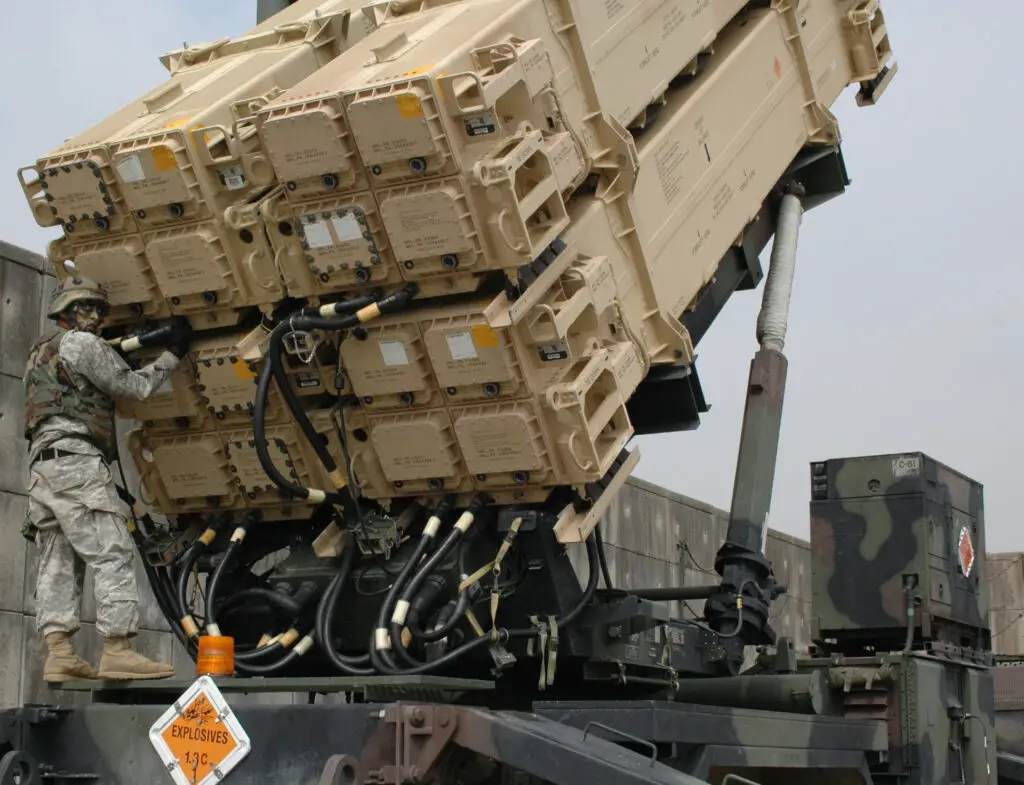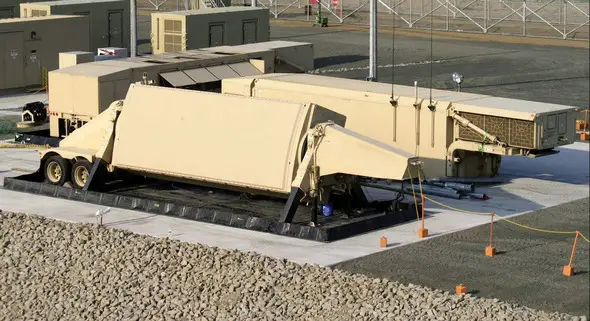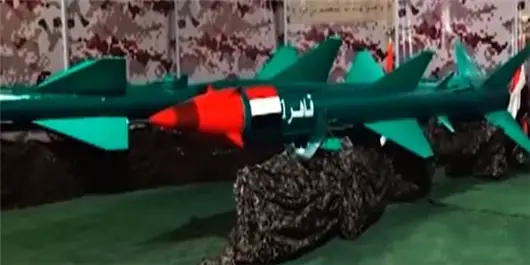A few days back, during an attack led by Houthi militants in Abu Dhabi, a ballistic missile was intercepted by the Terminal High Altitude Area Defence System (THAAD) developed by the U.S. military, marking the first known use in a military operation.
Why did it happen?
The militants used a mid-range ballistic missile to attack an Emirati oil facility near Al-Dhafra Air Base, while the attack caused injury to six and claimed the lives of three civilians as it included drones, cruise and ballistic missiles. However, as per officials, several of those launched missiles were successfully intercepted, and some weren’t.

After the Houthis had overrun Yemen’s capital of Sanaa the previous year and ousted the country’s president from power, the situation mimics the situation in Afghanistan. Previously, UAE was a key member of the Saudi-led coalition that entered Yemen’s civil war in 2015.
Although forces have been largely withdrawn from the conflicts by the UAE, the country remains heavily involved by supporting the local militias in Yemen.
The THAAD deal
Designed to counter short, medium and long-range ballistic missiles, THAAD was developed during the 1990s and has gained a consistent, reliable track record in-flight tests after its development contract to turn it into a mobile tactical army fire unit was won by Lockheed Martin two decades back.
Back in 2012, a request for the possible sale of around 48 THAAD missiles, test components, spares, 9 THAAD launchers, support equipment, personnel training and equipment for the same along with other assistance was raised by the UAE.

However, in recent days, UAE has opted to purchase a South Korean air defense system known as the KM-SAM Cheongong II (Iron Hawk), which was created on the basis of the Russian 9M96 interceptor missile and radars and command and control systems developed for Russia’s S-350 and S-400 missile systems.
The above-cited system is capable of intercepting incoming missiles at an altitude of 20 kilometres while these missiles are hit to kill instead of a fragmentation-type warhead.
With that, Patriot PAC-3 advanced missile defenses have already been acquired by the UAE from the United States, but U.S. Patriots have been, at best, modestly effective against Houthi-launched Iranian ballistic missiles and ineffective against drones.
What is the need for an alternative?
So as per the above citations, a question arises what was the need for a South Korean system if the UAE is already in possession of PAC-3 Patriot and THAAD.
One of the prime rationales behind the same stands as a “lower tier” gap is filled by the Korean Cheongung Air Defense system, where THAAD was evidently inefficient.
The same rationale can be aligned with regards to Israel which is not under any possession of THAAD yet needs a system to fill in air defence gaps against the threat of exoatmospheric SRMs, which can possibly be launched by either Iran or Iranian proxies.
Here, Arrow-3 comes into the picture by playing the role of THAAD in Israel. On the other hand, the state also works towards a more advanced system, Arrow-4.
(Also read – Israel tests the most advanced Arrow-3 anti-ballistic missile system as it works on a more advanced Arrow-4 system)
A significant setback stands for the U.S. with regards to the UAE purchase as the U.S. is not equipped with any air defence systems that covers the spectrum of modern threats.
What’s the matter with Houthis
In layman terms, the Islamist political and armed movement (Houthis) initially commenced from Saada in north Yemen back in the 1990s with goals including combating economic underdevelopment and political marginalization in Yemen while they share a complex relationship with the Sunni Muslims and once discriminated against them. On the other hand, the Houthis seek greater autonomy for Houthi-majority regions of the country.

The local production of short-range ballistic missile Qaher-1 was announced by the militant group in 2015. A Houthi-fired ballistic missile targeting a deserted area south of the Saudi capital and most populous city, Riyadh, was intercepted by Saudi Arabia in 2017. Till now, dozens of tanks and masses of heavy weaponry from the Yemeni Armed Forces have already been captured by the Houthi militias.
As per a report released back in 2019, it was mentioned that around 226 ballistic missiles had been launched by the militias during the insurgency so far.
What connects it with the UAE?
For significant recent battlefield losses inside Yemen, the Emirates are blamed by the Houthis that have virtually ended the militias efforts to complete control of the country’s north.
The Houthis reached just outside the city of Marib despite suffering heavy casualties from coalition airstrikes in the previous years. With that, ground support to the city’s defenders was stepped up by the coalition, but when Emirati-backed forces known as the Giants Brigade made a concerted push in the southern province of Shabwa this month, the tide really turned. Shabwa was reclaimed while the Houthis were pushed out, and their supply lines were cut in Marib province.
